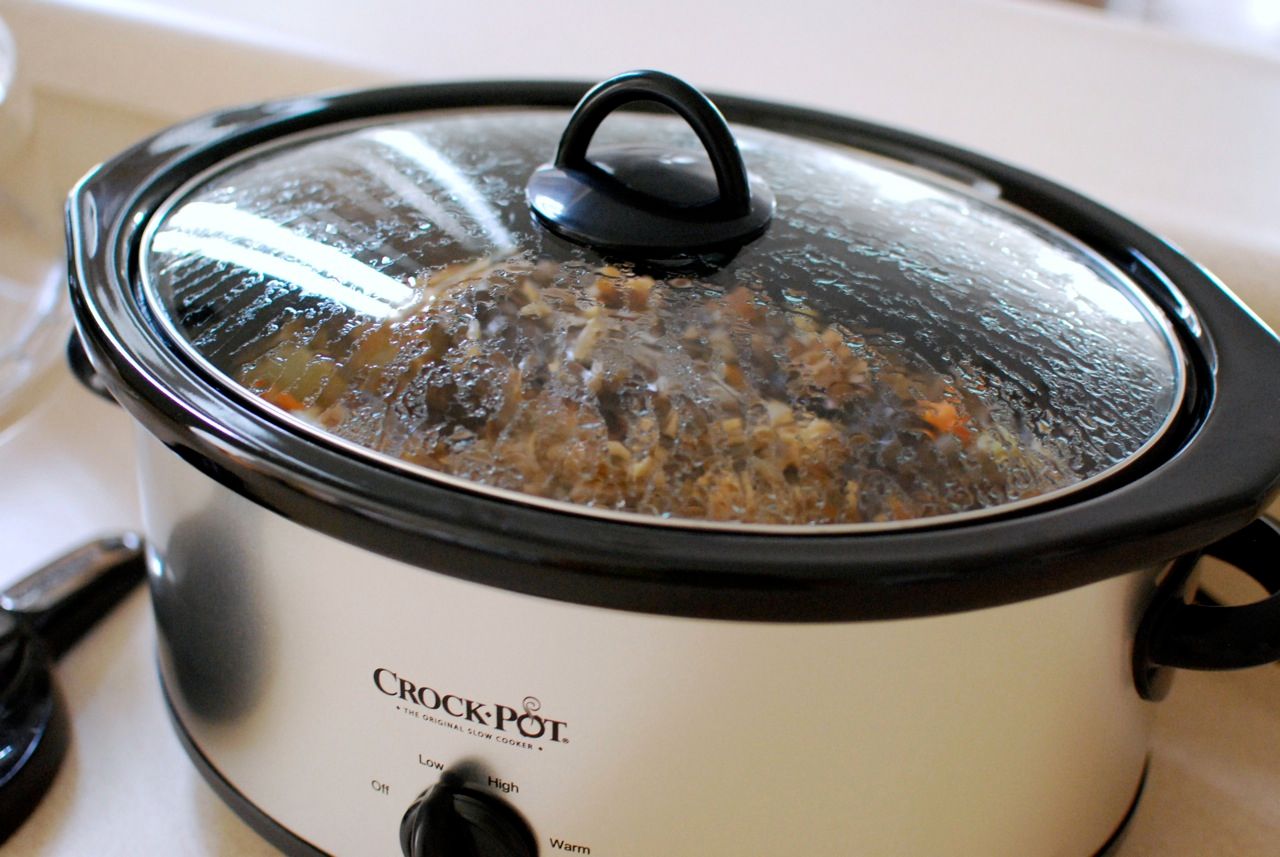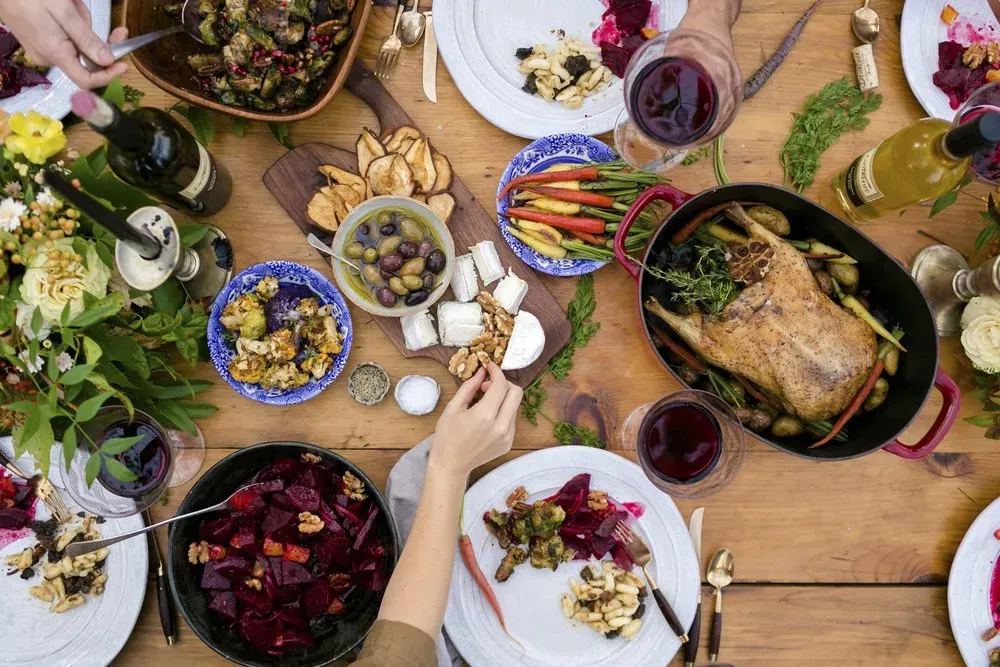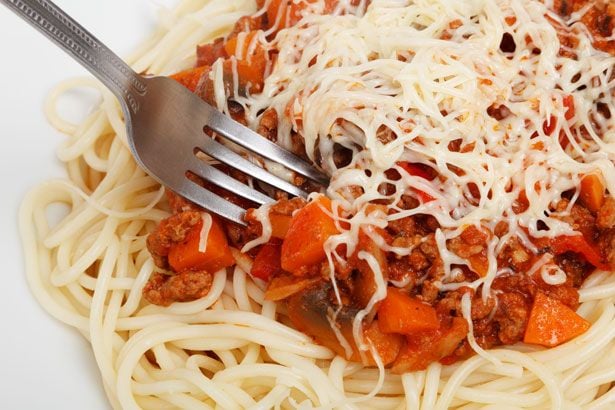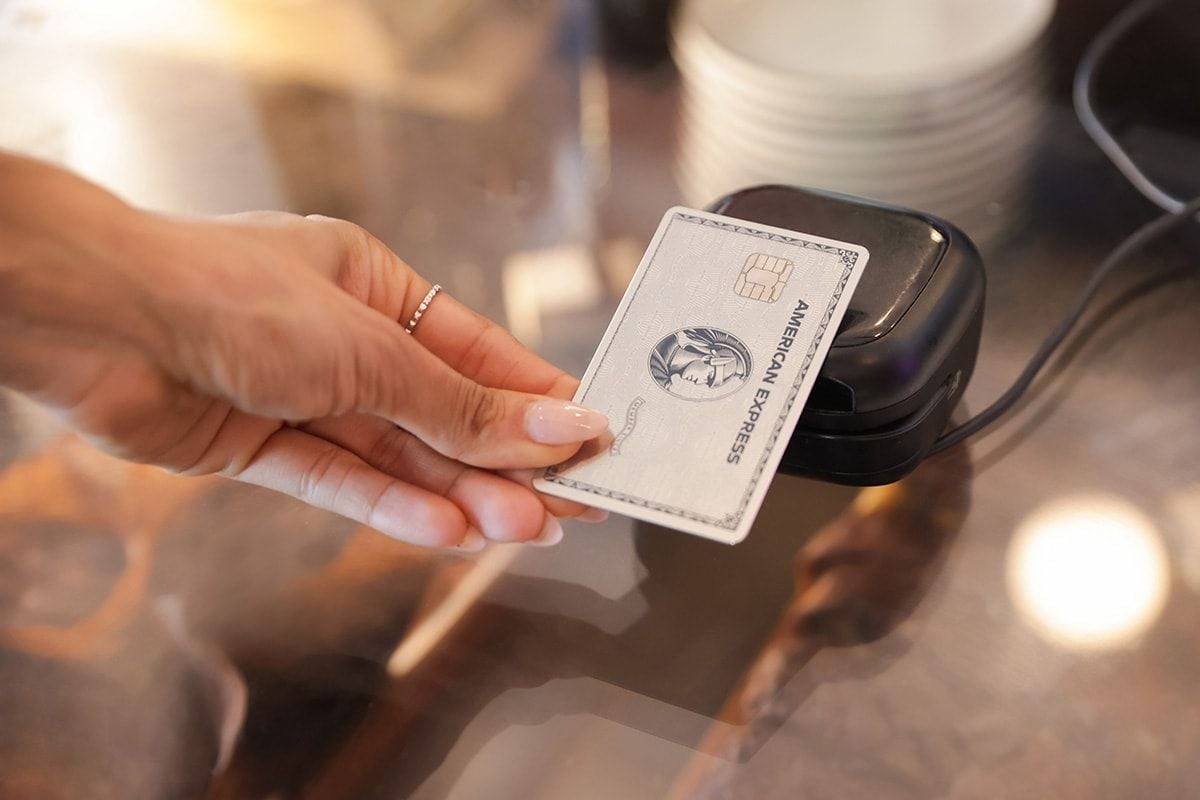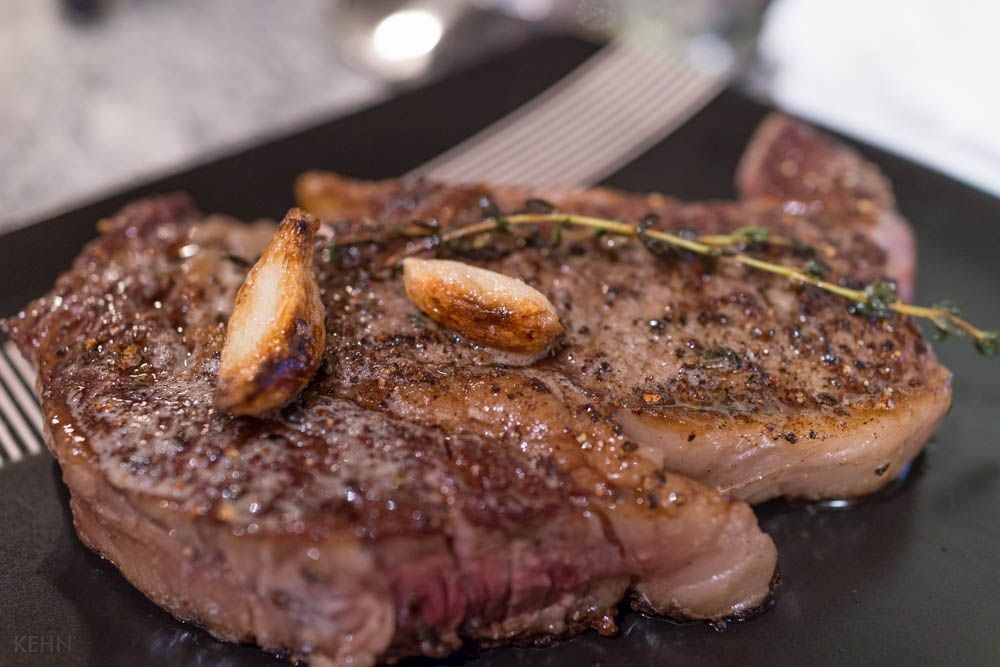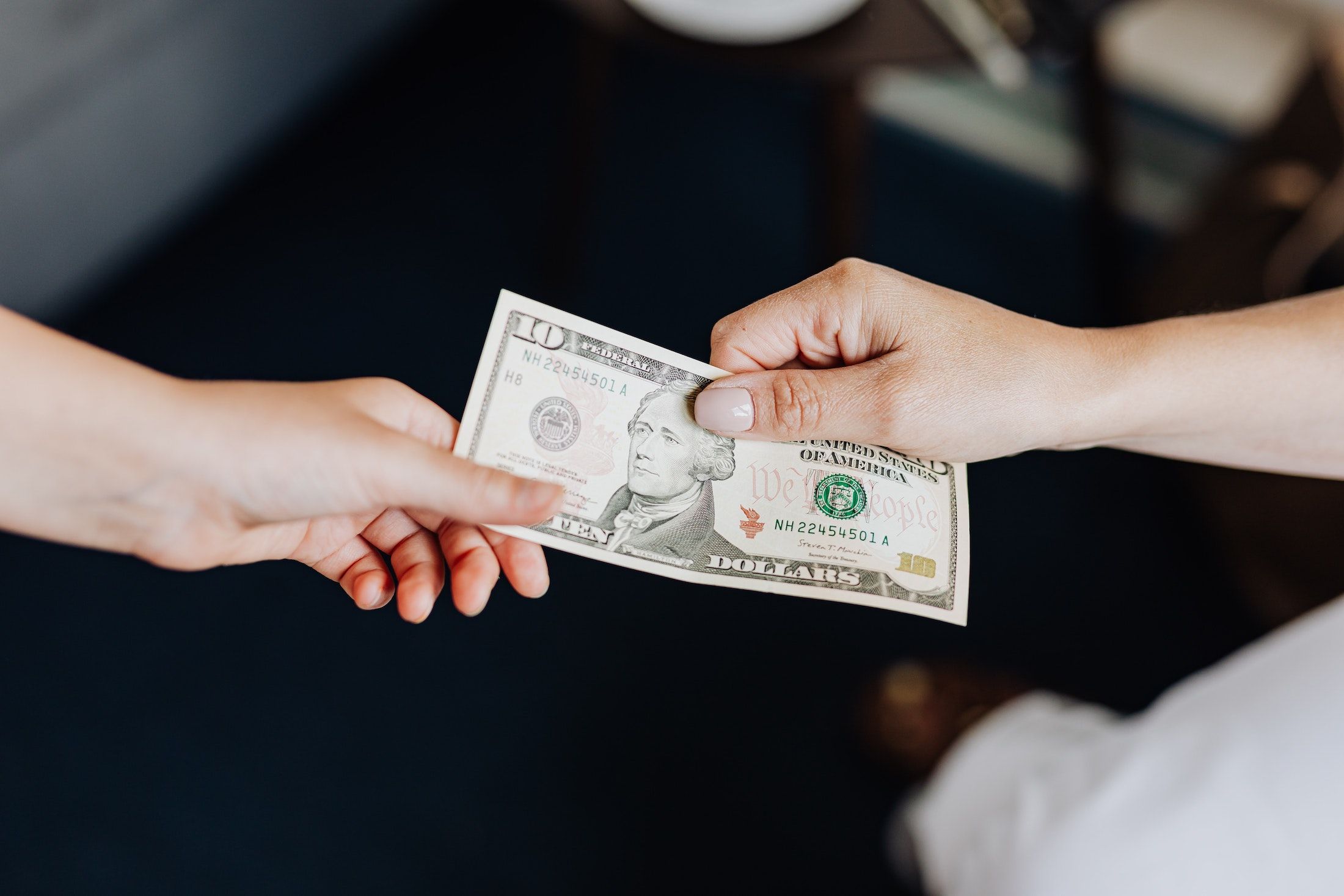
Decoding the Mystery of the Moscow Mule's True Origin
- Jun 26, 2024
The iconic copper mug is what brings the charm to the Moscow Mule, a classic cocktail composed of vodka, ginger beer, and lime juice. The copper-housed cocktail started making waves in the early days of the drink revival period, when vodka-based concoctions were largely overlooked.
The birthplace of this cocktail, aptly named the Moscow Mule, is a point of contention. Some root its origin to Los Angeles post-Prohibition, while others advocate strongly for New York City. This discord, according to Gina Hoover, a bartender and consultant from CURE in New Orleans, is not surprising given the popularity of the Moscow Mule. A cocktail as well established in American culture naturally stirs a desire in cities to claim credit for its invention.
Both cities have credibility, laying their claims to the 1941 creation of this beverage, quite a recent ancestry compared to some other cocktails. Dueling theories also mention the same personalities, including a vodka brand that struggled in the beginning, but is now globally recognized. Where these theories diverge is in the finer details.
New York’s account points to the Chatham Hotel in Midtown Manhattan as the birthplace. The story goes that LA-based beverage mogul John “Jack” Morgan, John Martin, president of G.F. Heublein & Brothers distillery, and Rudolph Kunett, president of Smirnoff decided to combine their products – vodka, ginger beer, and a dash of lime. The result was so notable they decided to name it the Moscow Mule and later bought 500 copper mugs stamped with the phrase “Little Moscow.”
Across the coast, there are two L.A. origin tales. The first includes Morgan and Martin, joined by a Russian woman, Sophie Berezinski, struggling to sell her 2,000 copper mugs. They ended up at the Cock ‘n’ Bull bar where the legendary Moscow Mule was born.
Another account, often considered more likely, came from the head bartender of the Cock ‘n’ Bull, Wes Price. According to him, the creative cocktail was concocted to move surplus ginger beer stock. His method worked as the drink “caught on like wildfire.”
The Moscow Mule first received media attention in 1942 when mentioned by gossip columnist Edith Gwynn. Yet, evidence of the cocktail’s birth in New York resurfaced in a 1948 article by food writer Clementine Paddleford. However, Paddleford subtly implies that LA may have saved the drink from obscurity, hence, the hazy origins.
As Brynn Smith, bar director for Bar Next Door in West Hollywood argues, “When you look at the style of the Moscow Mule, it makes no sense that it would originate in New York. A story about the creation of a drink with vodka, ginger beer, and lime fits much better in Los Angeles.”
Despite the debated beginnings, the real star of the cocktail world is the copper mug. While modern techniques have reduced its necessity, its historical significance to the drink still earns it respect among bartenders. “Overall, the mug these days is a show pony,” says Hoover. “But historically, it’s the reason the drink works.”
The Moscow Mule could have originated from either coast, but it seems plausible that Los Angeles holds a stronger claim. So, sorry New York, but this one might go to the West Coast.

